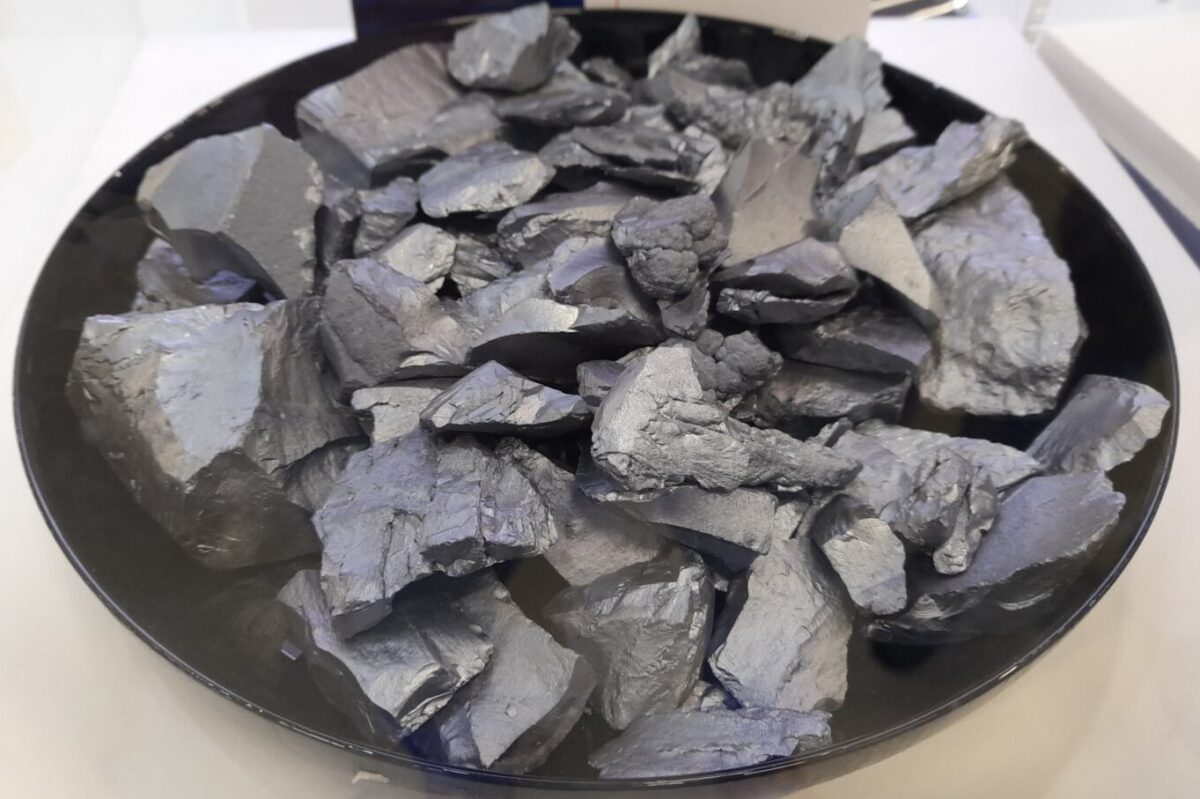Polysilicon prices fell to $6.70/kg last week, after remaining stable at a historic low of $8/kg throughout the first few months of 2024.
“This has accounted for roughly half of the simultaneous drop in module prices, which were also stable for the first few months of 2024, from $0.130/W to $0.122/W,” Andries Wantenaar, solar analyst at Rethink Technology Research, told pv magazine. “These are prices from China before any shipping or tariffs.”
Wantelaar described the new polysilicon price decline as not particularly large in absolute terms, but he acknowledged that there must be very little profit margin left.
“In the past, the marginal cost of production was $7/kg, but with the addition of so many extra-large and modern facilities in the past two years, we believe this has dropped significantly,” he explained. “Daqo New Energy recently claimed that its Q4 2023 marginal cost of production was just CNY 40.69 ($5.60)/kg, although Daqo’s full-year cost, including sales, was $6.70/kg – the same as the current market price.”
If the global polysilicon industry reaches 3 million tons of capacity (1,250 GW) later this year, this would be twofold overcapacity, even compared to the theoretical 2025 global demand of more than 600 GW. This would mean that only the 50% most cost-efficient production capacity would remain operational.
“Overcapacity and the harsh competition it brings is currently forcing all companies to cut costs and become as efficient as possible, so it’s a moving target,” Wantelaar said. “But we expect that the polysilicon price will stay above $5.50/kg for at least a year. Module prices should fall to $0.110/W, which would be half price compared to the mid-pandemic low point in 2020, by the end of 2024.”
The rest of the supply chain is also experiencing overcapacity combined with more factory additions, aside from a few niches such as silver paste and high-purity quartz. For the shorter-term outlook, it is also possible that prices will rise a little in the third quarter and the fourth quarter due to seasonal improvements in demand, before falling again in the first quarter of 2025.
Wantelaar said it is difficult to make predictions about potential factory closures.
“For now, it seems to be more a case of very low utilization rates throughout the supply chain, some as low as 20%,” he claimed. “Most production capacity expansion was conducted by the pre-existing giants although there are some new entrants. It’s hard to say who will lose out first.”
This content is protected by copyright and may not be reused. If you want to cooperate with us and would like to reuse some of our content, please contact: editors@pv-magazine.com.




1 comment
By submitting this form you agree to pv magazine using your data for the purposes of publishing your comment.
Your personal data will only be disclosed or otherwise transmitted to third parties for the purposes of spam filtering or if this is necessary for technical maintenance of the website. Any other transfer to third parties will not take place unless this is justified on the basis of applicable data protection regulations or if pv magazine is legally obliged to do so.
You may revoke this consent at any time with effect for the future, in which case your personal data will be deleted immediately. Otherwise, your data will be deleted if pv magazine has processed your request or the purpose of data storage is fulfilled.
Further information on data privacy can be found in our Data Protection Policy.